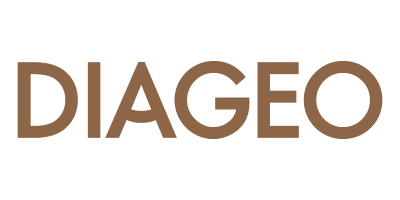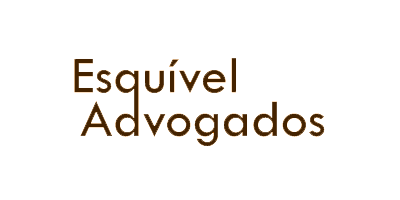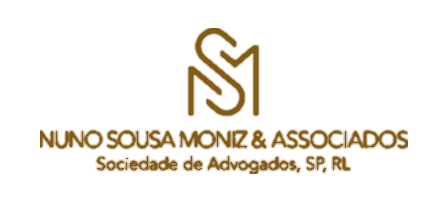According to a survey by Common Sense Advisory, 59% of 3002 respondents said they never or rarely buy from English-language websites. By contrast, 50% of respondents spend more time on websites in their native language than on websites written in English.
In 2015, Neil Patel decided to experiment and translate his website into 82 different languages, allowing him to increase 47% of his search traffic in just three weeks. The co-founder of Neil Patel Digital also predicted the possibility of a 16.56% increase after applying localised SEO strategies to his titles and other elements.
These results prove how important it is to localise your content and make it personalised for all your consumers.
Therefore, adding another language to your website should be one of your next steps. Here are some tips for estimating ROI when adding a new language to your website.
Let's break it down:
Costs
You first need to calculate the cost associated with the investment required to add a new language to your website. All expenses necessary to make the investment viable are accepted as costs. To make this calculation easier, have a look at some factors that influence your final cost, namely:
- Volume of content to be translated: This is determined based on the number of words to translate. After defining the content you can analyse it to obtain a total count of the words to be translated. Avoid unnecessary costs and try to work out what information you really need translated into the target language.
Remember that each market is specific and has its own needs.
- Translation price: Regardless of the option you choose (whether it is a translation company or internal resources), there will always be an associated cost.
- Translation support tools: Make sure that Computer Assisted Translation (CAT) tools are used, regardless of whether you choose internal or external services. These tools allow you to create translation memories (TM) that enable you to reduce total costs, because content that is similar or identical to previously translated texts will be available in the memories. This feature reduces the workload and time spent on this text segment.
If you choose a translation company:
- When using an external service you will have different word rates for each language or hours spent for x words to be translated (how prices are calculated varies from company to company). In some cases, a project management fee may also be charged.
If you choose to use internal resources:
- You will need to estimate the amount of time your resources will need to complete the translation and then you will need to use the salary or hourly rate to calculate the associated cost.
Return of investment for translations
Once you have determined the investment that needs to be made, you need to calculate the return on those translations.
Always be aware of company-defined KPIs and ensure that they will be met with this implementation.
If you already have your website in more than one language:
- Calculate the return for your existing customers: If you already have a range of customers in a specific target market that use your website in a particular language, you need to determine the return they give you. These will serve as a basis for calculating the return on your translated and localised website.
- Identify a similar market for which your website is localised: choose a localised page aimed at a market similar to the new market you are targeting. To do this just review all the factors that led you to enter that market: consumer behaviour, prices, etc.
- Determine the return before and after localisation: Once you identify the similar market, calculate the percentage increase after localising your website.
- Estimate the return of localising your website: multiply the return you currently have by the expected percentage increase for a localised website (value determined in point 3).
Each market has specific characteristics, so the results of a localised page translated into a specific language may differ from that of another language. The various indicators may behave differently, so it is important that your approach to each is also different.
Being able to implement this kind of approach, being able to compare results and evaluate them from various points of view, will allow you to draw more accurate conclusions.
If this is your first time translating and localising your content to another language:
Not having other languages on your website doesn't mean you can't calculate your ROI, but you won't have that much data. However, you can always use the ones you currently have to perform your calculations and draw conclusions.
Final ROI Calculation
After estimating costs and return, simply calculate: Return (-) Costs = ROI.
The greater the result, the better it will be for the company, because it means that the return is worth the costs, and that the addition of a new language improves its profit.
Pay attention:
Translation quality is a crucial factor in calculating ROI, because a cheaper translation can also mean more translation errors, which in turn will bring you long-term costs and may affect how your business is perceived. So choose your language partner carefully and start generating more sales.




























